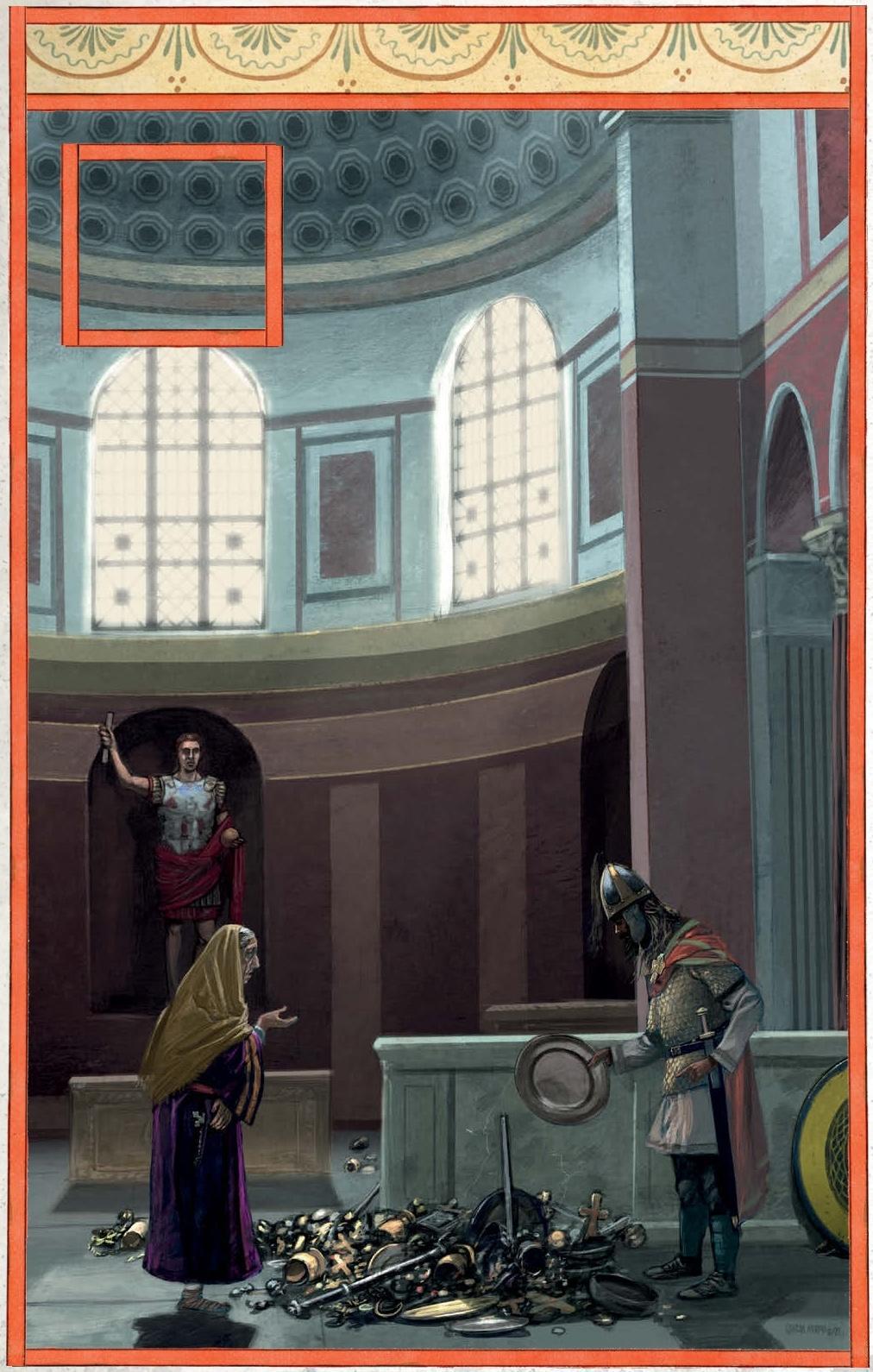

THE ROMAN EMPIRE: ca. AD 375 – 420
500 AD
1 AD
500 BC
1000 BC
SPECIAL
Orosius’ Historiae is generally held to be most useful for its sections devoted to chronicling events near-contemporary to the life of its author, with less attention being paid to the portions devoted to earlier Roman history. Conversely, other scholars have sought to resuscitate Orosius’ text by examining its lasting influence on medieval historical writing and its clever textual interplay with familiar classics of Roman historiography (such as Livy and Tacitus).
What appears to be generally ignored is a third approach to the text beyond its literary creativity (which is real) and its factual reliability (which is also real). Orosius provides a fascinating window into the profound problem posed by Rome’s proud historical tradition for Roman Christians in late antiquity. As depicted in the classics of Roman historiography, Rome’s civic identity was intimately connected with its history as a conquering power. Thus, to be Roman was to be an heir to a proud tradition of martial bravery and pious respect of the customary gods of the Roman state and the household, all of which (as historians ranging from Polybius to Livy generally agree) had played an essential role in enabling Rome to become the dominate power of the Mediterranean world.
Progress, not pessimism
The innate connection between Roman polytheistic religion and history – not to mention the specific virtues expected of Roman culture – posed a significant problem for Roman Christians who believed that “there was neither Jew nor